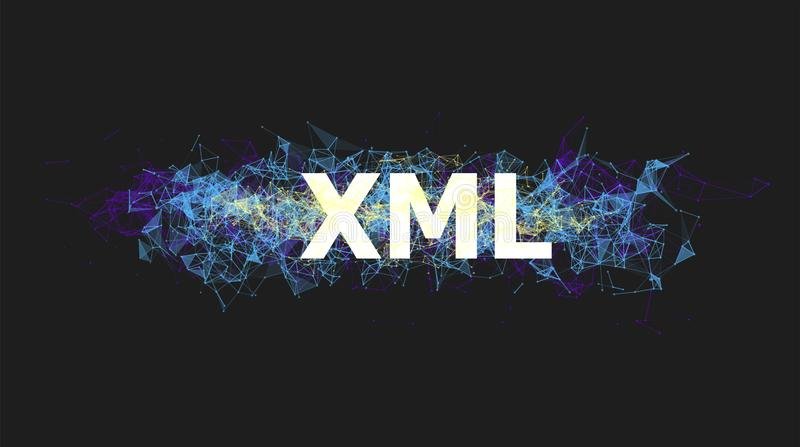XML Tutorial

XML, or eXtensible Markup Language, is a popular format for storing and exchanging data between different systems. In this tutorial, we’ll cover some of the key topics you’ll need to know to work with XML effectively.
- Introduction to XML: This section will provide an overview of what XML is and how it’s used, including examples of how XML is used in real-world applications.
- Syntax and structure: XML documents are made up of tags and elements, which define the structure of the data. This section will cover the basic syntax of XML and how to define elements and attributes.
- Document type definitions (DTDs) and XML schemas: DTDs and XML schemas are used to define the structure of an XML document, including what elements and attributes are allowed and what values they can have.
- Parsing and processing XML: In order to work with XML data, you’ll need to know how to parse it and extract the information you need. This section will cover techniques for parsing and processing XML using programming languages like Java or Python.
- Transforming XML: Sometimes you’ll need to convert XML data into other formats, or transform it in some way. This section will cover technologies like XSLT and XPath that allow you to transform XML data.
- Web services and XML: XML is often used in web services, which allow different systems to communicate with each other over the internet. This section will cover the basics of web services and how XML is used in this context.
By the end of this tutorial, you’ll have a solid understanding of XML and how to work with it effectively in a variety of contexts. Whether you’re building web applications, working with data, or integrating different systems, XML is an essential tool to have in your programming toolkit.
